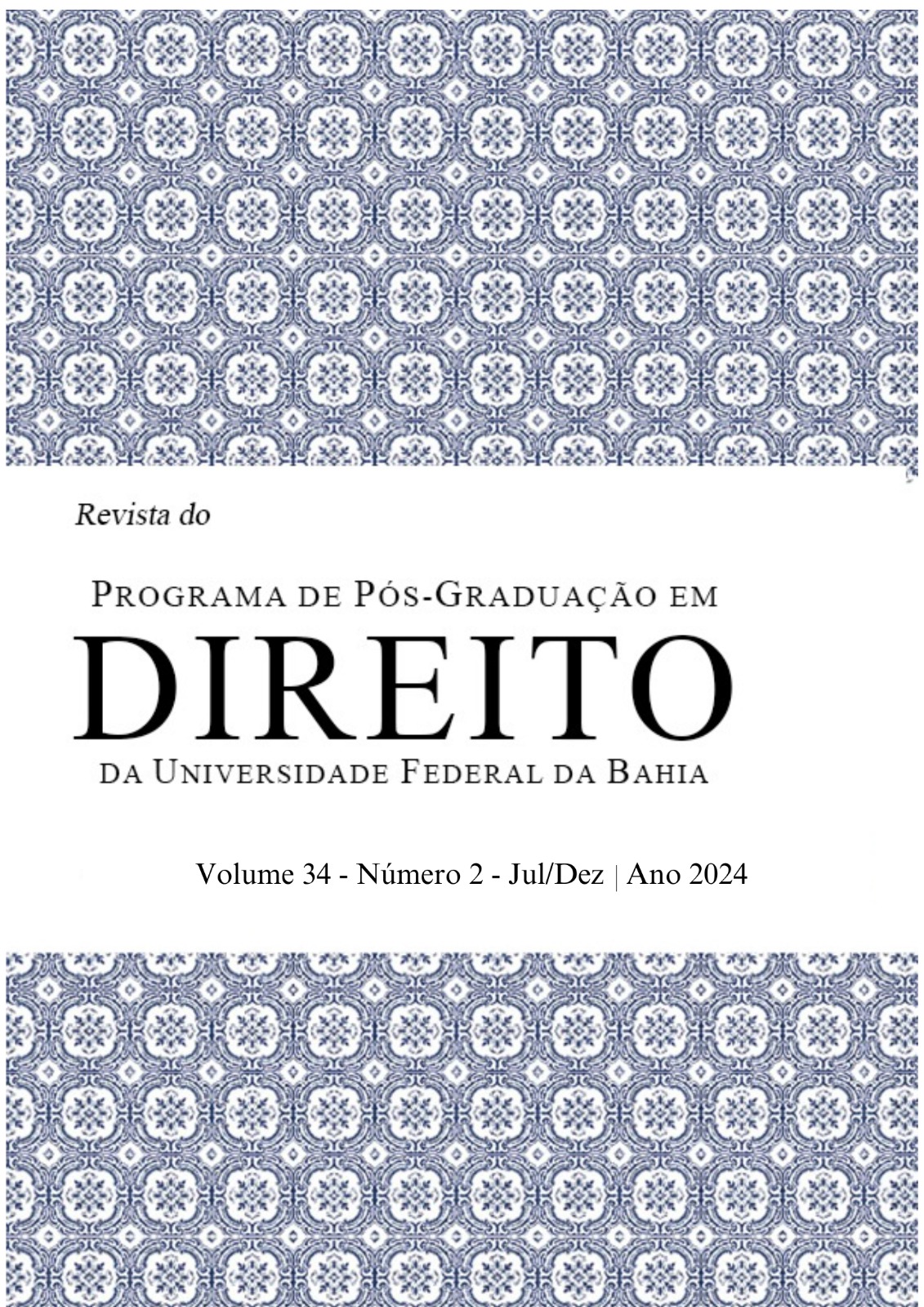O DESRESPEITO SELETIVO AO DIREITO À IMAGEM DA PESSOA PRESA: UMA ANÁLISE EMPÍRICA DO PROGRAMA “SE LIGA BOCÃO”
Português
DOI:
https://doi.org/10.9771/rppgd.v34i0.62606Keywords:
Image rights; Social labeling; RacismAbstract
This study has carried out a quantitative and qualitative empirical analysis of the lack of respect for the right to the image of the people interviewed in around 165 episodes of the program “Se Liga Bocão”, aired on free-to-air TV in the state of Bahia between 2007 and 2014. The results of the investigation reveal not only the profile of the prisoners interviewed, but also a mechanism for normalizing and naturalizing disrespect for the fundamental right to a selective image, which reinforces a structural process of labelling and stigmatizing the interviewees. The study's diagnosis points to the selective way in which television coverage of crime in the city of Salvador is produced, which ensures the reproduction of the racist logic observed in the data in Brazil's public security yearbooks.
Downloads
Downloads
Published
How to Cite
Issue
Section
License
Copyright (c) 2024 Revista do Programa de Pós-Graduação em Direito

This work is licensed under a Creative Commons Attribution-NonCommercial-NoDerivatives 4.0 International License.
1. Autores mantém os direitos autorais e concedem à revista o direito de primeira publicação, com o trabalho simultaneamente licenciado sob a Licença Creative Commons Atribuição 4.0 Internacional que permite o compartilhamentodo trabalho com reconhecimento da autoria e publicação inicial nesta revista.
2. Autores têm autorização para assumir contratos adicionais separadamente, para distribuição não-exclusiva da versão do trabalho publicada nesta revista (ex.: publicar em repositório institucional ou como capítulo de livro), com reconhecimento de autoria e publicação inicial nesta revista.
3. Autores têm permissão e são estimulados a publicar e distribuir seu trabalho online (ex.: em repositórios institucionais ou na sua página pessoal) a qualquer ponto antes ou durante o processo editorial, já que isso pode gerar alterações produtivas, bem como aumentar o impacto e a citação do trabalho publicado

